Canon EF 70-300mm f/4-5.6 IS II USM Review
Dustin Abbott
February 13th, 2017
Before I was a professional reviewer I used to haunt a few popular photography message boards, and in many ways little has changed since becoming a reviewer. I don’t have quite as much time to spend on them, but I do like to gauge interest and feedback from real photographers both upon announcements of lenses and then as people actually use them. I can safely say that the “vibe” regarding this lens has been somewhat of a roller coaster. When it was announced people had a lot of excited anticipation. Lenses like the Canon EF-S 55-250mm f/4.-5.6 IS STM showed that Canon was capable of producing a very good quality budget telephoto lens. My experience with Nano USM on the EF-S 18-135mm f/4-5.6 IS USM was very encouraging; I found it one the fastest and quietest focus systems I’ve ever seen. I was less impressed with the optical performance of that lens (see my review here), and my personal hope was that the newly announced Canon EF 70-300mm f/4-5.6 IS II USM lens represented a chance for that excellent focus system to be paired with a lens with more optical chops. Could the 70-300 IS II be that lens?
But then some of the very early reviews suggested that the 70-300 IS II wasn’t a significant improvement over the V1 lens optically, and the enthusiasm for the lens began to wane. I come into my review with an open mind, however, as sometimes lenses are greater than their test scores (and sometimes they are less!) Beyond sharpness there is the handling, autofocus, rendering of the lens, along with its bokeh quality, and some of those metrics are not easy to reproduce in a lab. I use lenses like a photographer will, and my conclusions are always based on real world usage.
I reached out to Tamron Canada (thanks, Amplis!) and asked them to provide me a copy of the Tamron SP 70-300mm f/4-5.6 VC USD lens. I used this lens myself for several years and always felt it was an excellent “bang-for-the-buck” lens (I sold it only after moving to the Canon EF 70-300mm f/4-5.6L IS lens). It is the lens I have been steering others toward who were looking for an inexpensive telephoto lens. I wanted it as a point of comparison, so I will refer to it periodically throughout the review.
Prefer to watch your reviews? You can see my final video review of the 70-300 IS II here:
Read on to discover my findings in the real world with the 70-300 IS II.
Build and Design
Canon debuted a new look for its consumer grade zoom lenses with the release of the EF-S 18-135mm IS USM (launched as a new kit lens with the EOS 80D). When I reviewed that lens I called the new look “Batman’s Lens of Choice” due to its sleek black on black look. Even the accent ring is a narrow ring of yet darker black. The buttons are low profile and sleek as well. When compared to the previous generation lens or the Tamron the effect of the 70-300 IS II is that of a much more modern lens.
You can see my breakdown of the design and features of the lens in this video:
Everything is still consumer grade (engineered plastics dominate), but the overall result is a nicely constructed lens that feels like it should be fairly durable. It is worth noting that LensRentals has already done a teardown of this new lens and reported back very positively regarding its internal construction.
The lens isn’t small, but it does qualify as relatively compact (at least when not zoomed out). The lens diameter is 3.1” (78.74mm) and it is 5.7” (144.78mm) long. The listing on the two lenses shows the Tamron as being a bit longer, but when you physically compare them they are essentially identical. The 70-300 IS II weighs in at a noticeable (yet still fairly light) 1.56lb (708g). This is about 55 grams lighter than the Tamron. One area that I definitely prefer is that the Canon has a very common 67mm front filter thread (which is shared with a host of other lenses), while the Tamron 70-300 VC has a more uncommon 62mm front filter.
To quickly answer two common questions in reference to the build. No, a lens hood is not included (always irritating when the Tamron at a much lower price point DOES include the hood!) and no, the lens is not weather sealed. For those who know Canon, neither of these points should surprise. Canon persists in never including a lens hood and never providing weather sealing on any but their “L” (Luxury) series. I recognize that this has been part of Canon’s branding scheme for a long time, but there was a point where the same was true for most other brands, too. Now I review some third party lenses like the Tamron 18-200mm Di II VC lens that has a hood, weather sealing, plus a six year warranty and costs well under $250. I do think that Canon should reconsider this policy, as the third party lens makers have really stepped up their game in the past few years.
That aside, there is nothing to complain about in terms of the mechanics of the lens. The lens definitely feels more modern and refined than the Tamron 70-300 VC lens I brought in as a point of reference. One notable example is with the zoom action. The Canon zoom ring is nicely (and evenly) damped and the inner barrel slides out very smoothly. The Tamron has inconsistent feel with a few places where the resistance is stronger than others. The Tamron lacks a lock to prevent zoom creep, which the Canon has, though it shows no proclivity towards any creep right now. Canon shooters have long been annoyed by the fact that earlier Tamron lenses zoom in the “Nikon” direction; opposite to Canon. I use a lot of different lenses as a reviewer, of course, so I’ll confess that I scarcely notice this anymore. As they say, your mileage may vary. One interesting observation is that though the lenses are identical in length without being zoomed out, the Canon’s inner barrel actually extends a LOT further than the Tamron.
It is hard to compare the feel of the focus rings as the 70-300 IS II employs Canon’s new Nano USM technology. When it comes to actual autofocus, the performance is amazing, but it (like Canon’s STM technology) leaves a lot to be desired if you want to manually focus. Nano USM (like STM) employs a “focus-by-wire” system where manual input from the focus ring is routed through the autofocus motor and it moves the elements. There is no direct coupling between the focus ring and the lens elements; all focus (auto or manual) is actually done by the focus motor. This has a lot of serious drawbacks, including a very numb feel on the focus ring (it turns but doesn’t feel like it accomplishes anything), there is often some lag between input and focus movement, and if the camera/lens is “asleep” or off turning the focus ring will do absolutely nothing. I strongly prefer traditional USM for manual focus. Fortunately the autofocus is exceptional in both speed and accuracy. I seriously doubt that many people will do a lot of manual focus with this lens, but, if being able to manually focus via a full ring-type USM motor is important to you, the Tamron may still represent a more attractive option.
New Additions and Curious Omissions
This lens employs a new bit of technology while curiously omitting another. The omitted piece of technology is compatibility with the Power Zoom accessory that Canon debuted with its first Nano USM lens. This accessory allowed for the lens to be zoomed out either via a camcorder-like switch or even remotely. The 18-135mm USM was equipped with power contacts on the underside of the lens that would sit in the cradle of the Power Zoom dock and activate this functionality. It seemed logical that the 70-300 IS II, with so many shared design elements, would be the second lens compatible with this rather expensive accessory…but that isn’t the case.
The new bit of technology is the implementation of a small LCD window on the barrel of the lens. STM lenses have never had the traditional focus range window on them because of the nature of their technology. Those of us accustomed to having that have certainly missed it. It essentially left you “out of the loop” of what the focus motor was doing, and was a further impediment to manual focus. This lens provides a new solution: a LCD window that can display several different pieces of information. The first is a digital approximation of the traditional focus distance window, complete with a few hyperfocal markings. The LCD looks a little “low res” compared to an analog window, but it works. But why approximate something analog? It would be more useful to give the actual number in Metric and Imperial (or even better, allow you to cycle to your preferred choice). It would be useful to see that you were focused at exactly 3.5 meters, for example. On the flipside, the advantage of digital is shown in that the scale changes according to the focal length the lens is zoomed to, which allows you to get a sense of depth of field in a more constructive way than an analog display could do. As you zoom towards 300mm the depth of field scale narrows down, showing you that your depth of field is more shallow. It’s a nice touch.
The second mode shows the focal length, though as a scale rather than an exact digital readout (I think having the exact focal length as a number would have been more useful here, too). This second mode is actually more interesting if you mount the lens on a crop sensor body. I put it on an 80D and it shows the focal range with the crop factor applied (Canon’s crop factor is 1.6x, so 300mm shows as 480mm [35mm or full frame equivalent]). The final mode’s usefulness is a little debatable, as it shows camera shake on two axis. Since most of the time your eye will actually be against the viewfinder at the moment you might want that information, it serves little purpose. It might possibly help if you were using the camera on a tripod and trying to avoid any movement, or perhaps if shooting video, but my guess is that this mode won’t get employed that much. A small, flush “Mode” button is mounted next to the digital readout and allows you to cycle through these three options or turn it off altogether. The latter might save a little battery life, though the physical drain of this kind of LCD screen is undoubtedly minimal.
It’s nice to see Canon experimenting here, and surely some will find this display useful while others will never look at it at all. I see potential for usefulness, and would love to see Canon employ some of these practical suggestions on improving the display either by firmware update to this lens or at the least in future lenses.
I doubt that many will be disappointed by the look or build of the 70-300 IS II. It has a nice modern look and is built pretty much as you would expect. Unlike the less expensive Canon 55-250mm IS STM lens, it has a metal bayonet mount and the new design feels slightly more premium.
It is important to note another big difference between the two lenses: the 70-300 IS II will work on both full frame and APS-C, while the 55-250 STM is an APS-C only lens. The lens (like many of the recent consumer lenses I’ve seen from Canon) is made in Canon’s Malaysian plant.
Not Extender Friendly
One area of potential disappointment is that the design of the new 70-300 IS II features a fixed glass element almost flush with the rear of the lens, meaning that none of Canon’s teleconverters (extenders) will physically fit. For what it is worth, the Tamron 70-300 VC won’t fit with the Canon 1.4x III extender that I own either, though for different reasons. Kenko makes a line of 1.4x extenders, and I do have one of those, but it is about five years old and new generations of Canon bodies tend to “brick” them (my 80D and 5D Mark IV just give an error message). I was able to successfully use the combination with my Canon 6D body, however, and the AF performance was fine in good light though with a tendency to “pulse” or hunt a bit in poorer light when it didn’t immediately lock focus. A newer release of the Kenko extender might work on newer Canon bodies, though I haven’t tested that myself. For the most part, however, the design of the 70-300 IS II doesn’t play well with extenders.
Image Stabilization Test
I tested three lenses in this comparison (Canon 70-300 IS II, Tamron 70-300 VC, and the Canon 100-400L II set to 300mm) to establish a real world benchmark for the image stabilization. I shot a calendar from about 12 feet away and used good technique but also “real world” technique (elbows tucked, timing breath, but not overdoing it). I set the shutter on my 5D Mark IV to silent, as that delivers a very smooth shutter activation. I shot five frames at 1/15th second (I pointed the camera down and defocused between shots to give a more “real world” performance), then five frames at 1/10th second with each camera.
First, the Tamron. It is worth noting that even at 12 feet it frames much tighter at 300mm than either of the Canon lenses, which both focus breathe to some extent (the 100-400L II is the worst). That’s relevant here, as the Tamron actually has to stabilize a longer focal length. At 1/15th second I had three well stabilized shots (two of those were perfect, one was acceptable), with one showing a slight bit of movement and the other a bit more. At 1/10th of a second I had 1 shot that was perfect, three that were acceptable though had a slight bit of blur at a pixel level (and thus looked a little less crisp), and one that had apparent blur even viewed globally.
With the 100-400L II I saw a somewhat similar pattern. There was one shot that showed obvious blur, another that had blur at a pixel level, two that were acceptable, and one that was perfect. At 1/10th of a second I had only one that was acceptable (still some blur at a pixel level) and four shots that showed obvious motion blur. Not as compelling a performance as the Tamron in this area.
With the 70-300 IS II I found a somewhat less impressive performance at 1/15th second. I had one that was close to perfect (though not quite as perfect as some of the Tamron shots), one that was acceptable though with noticeable blur at a pixel level, and three that showed obvious blur even globally. At 1/10th of a second I had one that was near perfect, one that was acceptable, two that had obvious motion blur at a global level, and also the worst of the bunch, one with so much movement that it was apparent even at thumbnail size. Here’s a look at a solid shot taken at 1/15th second.
If I moved up to 1/25th second (I shot ten shots each), I got 8 out of 10 keepers from the 70-300 IS II, 10 out of 10 keepers from the Tamron, and also 8 out of 10 from the big 100-400L II.
I noted in my review of the Canon EF 70-300L review that I was very surprised in coming from the Tamron 70-300 VC to find that the image stabilization on the four-times-as-expensive Canon L series lens was actually not as good as the budget Tamron VC lens that I had been using previously. I am reminded why here; the VC in the 70-300mm remains one of the best example of effective image stabilization that I’ve seen. The Tamron’s VC isn’t as smooth in action as the more modern 70-300 IS II (which is pretty much flawless in terms of being quiet and smooth in operation), but the Tamron locks down the viewfinder and corrects for camera shake as well as any lens that I’ve seen.
Now, back to the real world. In the real world you would be pretty foolish to shoot any of these lenses at 1/10th or even 1/50th of a second. Image stabilization does nothing to stop movement of your subject, and there are very few things that stay perfectly still when viewed at 300mm. High resolution bodies are particularly punishing of motion blur, as that blur covers more pixels. In most cases you are better off keeping your shutter speed at higher levels, and that is particularly true if you mount this lens on a crop sensor body where that 300mm becomes an effective 480mm.
In short, the IS on the new 70-300 IS II is smooth, quiet, and effective, but not as effective as the older, less smooth stabilization of the Tamron.
Nano USM = Amazing
I didn’t love the optical performance of the 18-135mm USM when I reviewed it, but I loved the Nano USM’s performance! This is an incredible technology that marries the smooth, silent focus of STM with the speed of USM. The lens arrives at focus near instantly at all focal lengths, and does so with near completely silence. You depress the focus button (shutter or back button) and the lens is just focused with near uncanny speed and silence. Because of the speed and smoothness of the focus, the lens also does a really great job with AF Servo work. You don’t hear it working, but if you have it paired with a good AF system in the camera (I used it mostly on a 5D Mark IV along with a 80D) the lens just tracks the action. I shot some high speed outdoor rink hockey, and I was able to easily follow the skaters and puck around. You are getting a LOT of AF performance for the money here, and this is easily the greatest area of improvement over other lenses.
The Tamron is actually quite a good focusing lens, and it was an oddity when released in that it really outperformed the first party option in most areas (it came out before the third party revolution that Tamron and Sigma have enjoyed the last three years). It continues to be an excellent value alternative to this lens, but I will note that it just feels a little more “coarse” in almost all areas when compared to this lens. I would definitely prefer the Canon here for the quality of focus (particularly Servo focus) overall.
Like STM lenses, the 70-300 IS II is designed to provide smooth, silent focus transitions when paired with Canon’s Hybrid Video AF or DPAF Servo function. It is quiet enough that you won’t have to fear the onboard microphone picking up focus noises even in a very quiet environment. Unlike STM, however, you also get blazing fast speed when shooting stills, so I vastly prefer Nano USM to STM and feel like this is the “mature” technology that STM has produced.
I had an easy time when calibrating the lens to either the 5D Mark IV or the EOS 80D. Multiple calibration runs through Reikan FoCal produced repeatable, consistent results (just the way I like it!) and those results were verified in field use.
The effectiveness of the Nano USM focus system is one of the main selling points of this new lens.
Canon 70-300 IS II Optical Performance
We’ve determined that the new 70-300 IS II definitely has the advantage in the build and handling department, but many of the question marks around this lens have been over its optical performance. Photographers want to see strong improvement in a new generation of an existing focal length, and consumer enthusiasm will depend a lot on this metric. The reason that Tamron found a solid niche for its 70-300 VC lens over the past five years is because the previous generation of Canon lens under performed in this area.
Join me on an interactive, detailed look at the image quality in this video:
Has there been an improvement here? We’ll take a look at a number of areas to determine this.
Resolution
I did a number of direct comparison tests, including my common reference set where I shoot some vintage lenses on my set. I like this particular test because it tends to also give a very good idea of chromatic aberrations and contrast. I prefer shooting three dimensional objects rather than charts for this reason. Here’s a comparison of the lenses at 70mm, f/4.
When compared head to head with the Tamron at 70mm, I found that the Tamron had the slight edge in performance across the frame wide open, save with a hint more chromatic aberration. Both lenses are delivering a very strong performance, and stopping down to f/5.6 eliminates the traces of chromatic aberration and both lenses are providing a near perfect performance with the slightest edge to the Tamron. By f/8 they are both perfect.
At 200mm the framing is very different for the two lenses (see the Maximum Magnification section later in the review of the explanation why). The Tamron is still holding on to f/5, while the Canon is at f/5.6 (this is covered in the “Going Dark” section). The 70-300 IS II continues to deliver an excellent performance, and even more encouraging is the fact that the corner sharpness is very good even wide open (f/5.6). The Tamron is exhibiting more chromatic aberrations in the center and strong chromatic aberrations in the corners (what is known as Lateral CA), though the sharpness (if you can see past the aberrations) is actually very good (though the Canon still wins). The Canon exhibits very little chromatic aberrations, with no purple fringing and only a hint of green fringing in the transition to defocus. Stopping the Tamron down to f/5.6 changes little here. The Lateral CA remains on the Tamron at f/8 (this type of CA is not corrected by stopping a lens down), and really detracts from its optical performance on the edges. The center performance on both lenses at f/8 is excellent. Here’s a look at a wide open (f/5.6) comparison.
At 300mm a similar story exists. The Tamron is negatively impacted by the Lateral CA, but even without this the Canon is delivering the superior optical performance. I am caused to wonder at reports of the Canon underperforming optically, as my own results indicate a fairly excellent performance other than some edge softness in the earlier part of the focal range. Wide open at 300mm there is excellent center sharpness and still very strong edge sharpness. Contrast seems good and strong. Stopping down to f/8 results in an excellent performance across the frame.
When I compare the Canon EF 100-400mm f/4.5-5.6L IS II lens (perhaps Canon’s best zoom lens under $5000) at 300mm, the 100-400L II is unquestionably sharper, but the 70-300 IS II in no way embarrasses itself. Here’s a visual comparison between the two at 300mm.
Color me impressed. It looks to me that Canon has done a good job here, and this is very nice image quality for the moderate price of the lens. I find it a little perplexing that others have underwhelmed by the optical performance from the lens. Take a look at the Image Gallery to see more samples from the lens:
I also found that flare resistance was quite good, with the lens handling even direct assaults from the sun with aplomb. Contrast holds up, and I didn’t perceive any ghosting in my tests (and that was without a lens hood!) Real world chromatic aberrations do exist, but in fairly minimal amounts. There is not really any lateral chromatic aberrations (unlike the Tamron), though a bit of longitudinal aberrations (fringing in unfocused areas) does exist in out of focus areas.
Canon 70-300 IS II on APS-C
I used the 70-300 IS II a fair bit on my Canon EOS 80D body as I recognize that there are a number of potential buyers who would like to use the lens on an APS-C or crop sensor body to take advantage of the extra reach afforded by the lens over the EF-S 55-250 STM. With Canon’s 1.6x crop factor the effective focal length is 112-480mm, a very intriguing focal length. That amount of reach makes the lens a much more serious option for bird and wildlife photography.
The lens performed well on the 80D, with extremely quick autofocus, good accuracy, and good (sometimes brilliant) sharpness. There were a few shots that I was extremely impressed with the resolution. Not every lens makes the transition to APS-C well, as the cropped sensor can be a little punishing to some full frames lenses, but that didn’t seem to a be a problem here. The 70-300 IS II gives a similar sharpness performance to the 55-250 STM (which is very good) but has less vignette and chromatic aberrations due to being optimized for the larger full frame sensor.
I’ve got a specific APS-C gallery in the Image Gallery for this lens here.
Maximum Magnification Comparison
I had a bit of a hard time pinning down the figures on the minimum focus distance and maximum magnification of the new Canon lens. For one thing, the listing at B&H Photo (always a point of reference for me as there is often a lot of information there) didn’t agree with the minimum focus distance listed on the lens. Bryan Carnathan reported the magnification of the new Canon as 0.25x, which surprised me, as that is the maximum magnification figure on the Tamron, too. Why was I surprised? Because the Canon focused down considerably closer (4ft/1.2m) than the Tamron (4.9ft/1.5m). How can they produce the same magnification if they share a maximum focal distance and one focuses down nearly a foot closer?
The answer is called, “Focus breathing”. Clearly the Canon uses a floating element system that helps the lens perform better at minimum focus distance (the Canon 70-300L does the same). It allows the lens to focus down more closely, but in some cases (as here), it also means that the lens doesn’t reach its full focal length at close focus distances. The Canon 70-300L also exhibits this characteristic, though it is even more pronounced as that lens has an identical minimum focus distance but a considerably weaker 0.21x magnification figure.
So both the Tamron and the 70-300 IS II arrive at the same destination, though by different means. Which do I prefer? That’s a complicated question, and it might depend on the situation. I don’t enjoy running up against a minimum focus distance constraint. Autofocus won’t lock, and sometimes you lose an opportunity while moving back to a safe distance where the lens can focus. So, in that way I prefer as small a MFD (Minimum Focus Distance) as possible. On the other hand, if you place the Tamron and the Canon at similar focus distances, the Canon is going to be unable to fill the frame nearly as well as the Tamron. I noted a significant difference in framing even at a distance of 12+ feet.
You HAVE to get closer with the Canon to get the similar result, which means that if you are shooting, say, a headshot from 6-8 feet away, the background will be more blurred out with the Tamron than with the Canon. Comparing the image result side by side shows Canon’s reason for the focus breathing type approach – the minimum focus distance image definitely favors the Canon. Better detail and contrast, less chromatic aberration.
It is worth noting that the Canon 100-400mm f/4.5-5.6L IS II USM lens frames even looser at that distance when set at 300mm, though you have the option of zooming in an extra 100mm with the 100-400L II. It is worth noting that at that distance, however, the 100-400L II still doesn’t frame quite as tightly as the Tamron does. The Tamron is the clear winner for NOT focus breathing. It is also worth noting that the Tamron frames wider than the Canon at 70mm, too, which shows that the Canon may fudge a little on the wide end, too.
On a separate note, the 100-400L II easily destroys the other two lenses in image sharpness in this test. Higher resolution, lower chromatic aberrations, and better contrast. It carries a very expensive price tag when compared to these consumer alternatives, but its optical performance shows the reason why.
Going Dark
The 70-300 IS II follows a rather disappointing trend I’ve been observing recently with new Canon variable aperture zoom lenses; they are growing darker. What I mean by this is that while the aperture range is the same (in this case from f/4 to f/5.6), the lenses are holding the bigger aperture values for increasingly shorter ranges. Case in point: this lens holds onto f/4 for only 7mm of its 230mm focal range. The Tamron, by comparison, stays at f/4 until 103mm. That’s a pretty significant difference. The 70-300 IS II reaches its smallest maximum aperture size (f/5.6) by 176mm, while its predecessor (70-300 IS) holds out until 225mm. It’s may be debatable how much this will impact you in real world shooting, but obviously I would prefer that the trend was moving in the opposite direction.
Here is a chart that shows the range for each aperture value in several competitors. Overall the best performer is unsurprisingly the most expensive – the excellent Canon EF 70-300mm f/4-5.6L IS USM.
| Lens | f/4 | f/4.5 | f/5 | f/5.6 |
| Canon 70-300 IS II | 70-77mm | 78-105mm | 106-175mm | 176mm-300mm |
| Canon 70-300 IS | 70-84mm | 85-134mm | 135-224mm | 225-300mm |
| Canon 70-300L | 70-103mm | 104-154mm | 155-228mm | 229-300mm |
| Tamron 70-300 VC | 70-103mm | 104-159mm | 160-217mm | 218-300mm |
A possible explanation for the poorer performance in this metric of the newer Canon lens is the increased complexity of the optical formula (17 elements in 12 groups) when compared to the older version (15 elements in 10 groups) without much physical growth in size or diameter of the lens. More elements equal more glass for the light to pass through, though obviously Canon has factored for this and obviously drawn the conclusion that the increased complexity of the lens is worth it in other areas of optical performance.
Some of you may want to use this lens for shooting sports, and the autofocus system is up to that task. You will find, however, that you are going to need good lighting (outdoor sports or well lit arenas), as when the light fades you are going to find yourself having to use very high ISO settings to get enough speed to stop action.
Bokeh Quality
Variable aperture, consumer grade zooms are rarely the place to find optimal bokeh performance, and that’s not really going to change here. In the lab torture test (Christmas lights) the bokeh result is pretty uninspiring.
Clear internal line doubling, some light bleed, and a mild bit of busyness within the bokeh circle along with “cat eye” or lemon shaped bokeh circles across a lot of the frame. This would not be my first choice for shooting something like this. The Tamron isn’t really much better. On the plus side, the lens has 9 rounded aperture blades and retains a circular shape when the aperture is stopped down.
That aside, this is a lens that can definitely produce a nicely blurred background. That long focal length helps to provide separation from the background, and if you are reasonably close to your subject you will be able to make backgrounds disappear.
Real world bokeh is fairly soft, for the most part, though I did notice some busyness in the transition zone (the areas just before or after the plane of focus) and occasional “ugliness” that the better lenses don’t have. I would say that the biggest optical difference between this lens and the far more expensive 70-300L is the quality of the rendering. Everything just looks a little better with the more expensive lens, though this lens is really quite close in overall sharpness.
I even used this lens a bit in the studio, and though it is no substitute for my higher end portrait lenses, it really delivered some pretty great shots.
Conclusion
I was impressed by the overall handling and performance of the new Canon EF 70-300mm f/4-5.6 IS II USM during my review period. It has a nice build (consumer grade, yes, but nice), and quality handling. The new LCD screen has a few debatable aspects, but I applaud Canon doing something to help eliminate what has been one of the main shortcomings of STM type lenses (no distance window). I think the technology obviously has room to mature into what could become something special. I’m also impressed with the image quality from the lens in terms of sharpness, contrast, and control of things like chromatic aberrations and flare. Where I think the Canon EF 70-300mm f/4-5.6L IS most stands out (outside of the build) is the overall rendering from the L series lens, which is unquestionably more special. Nice bokeh, smoother transitions, and special color rendition that shows off its premium optics. Will the existence of the new 70-300IS II lens sway a few potential L series buyers? Perhaps, but I think that Canon has maintained a nice distinction between the two lenses. What matters most is that in most every way the EF 70-300 IS II is a significant upgrade over its predecessor, and well worthy of your consideration if you are looking for a quality telephoto lens for either your full frame or APS-C camera body. The Tamron 70-300 VC remains a very good lens for the money, but the Canon 70-300 IS II delivers a more modern, nuanced approach that I feel is worth the extra money if you can afford it. Though the EF-S 55-250mm IS STM delivers a similar optical performance the 70-300 IS II has the advantage in my mind due to the Nano USM and compatibility with full frame cameras.
Pros:
- Nano USM autofocus is extremely impressive. Fast, smooth, silent
- Lens tracks well in AF servo mode
- Nano USM provides excellent video performance
- Modern design language and a good build inside and out
- LCD window provides some interesting, useful information that changes in real time
- Image quality has matured nicely and has leapfrogged the Tamron everywhere past 100mm
- Flare and chromatic aberrations are very well controlled.
- Quiet, smooth, and effective image stabilizer (though not quite as effective as the Tamron’s VC)
- Works well on both APS-C and Full Frame
Cons:
- The lens focus breathes a fair bit
- The lens holds wider aperture values more briefly than alternatives (needs a lot of light)
- Bokeh is somewhat unimpressive at times
- Not compatible with Canon’s extenders…at all!
- Why not compatible with the Power Zoom accessory?
- No weather sealing or lens hood
Gear Used:
Canon EOS 5D Mark IV (5D4)
Canon EOS 6D DSLR Camera (Body Only)
Canon EOS 80D
Purchase the Canon 70-300mm f/4-5.6 IS II USM | B&H Photo: | Purchase from Amazon: | Purchase from Amazon Canada:
Adobe Lightroom CC Software for Mac and Windows (Boxed Version)
Adobe Photoshop Creative Cloud 1-Year Subscription
Alien Skin Exposure X2 (Use Code “dustinabbott” to get 10% anything and everything)
Purchasing your gear through B&H and these links helps fund this website and keeps the articles coming. Thank you for your support.
Great News! I can now offer a 5% discount on all purchases at Amplis Foto, Canada’s Leading Photographic Supplier. Please enter discount code: AMPLIS52016DA in your cart. It is good for everything in your cart, and is stackable with other coupons, too! It will take 5% off your entire order! Proceeds go towards keeping this site going and providing you with new reviews!
Check me out on: Google+: | Facebook: | Twitter: | Flickr: | 500px: | Sign Up for My Newsletter :
DISCLAIMER: This article and description contains affiliate links, which means that if you click on one of the product links, I’ll receive a small commission. As an Amazon Associate I earn from qualifying purchases.












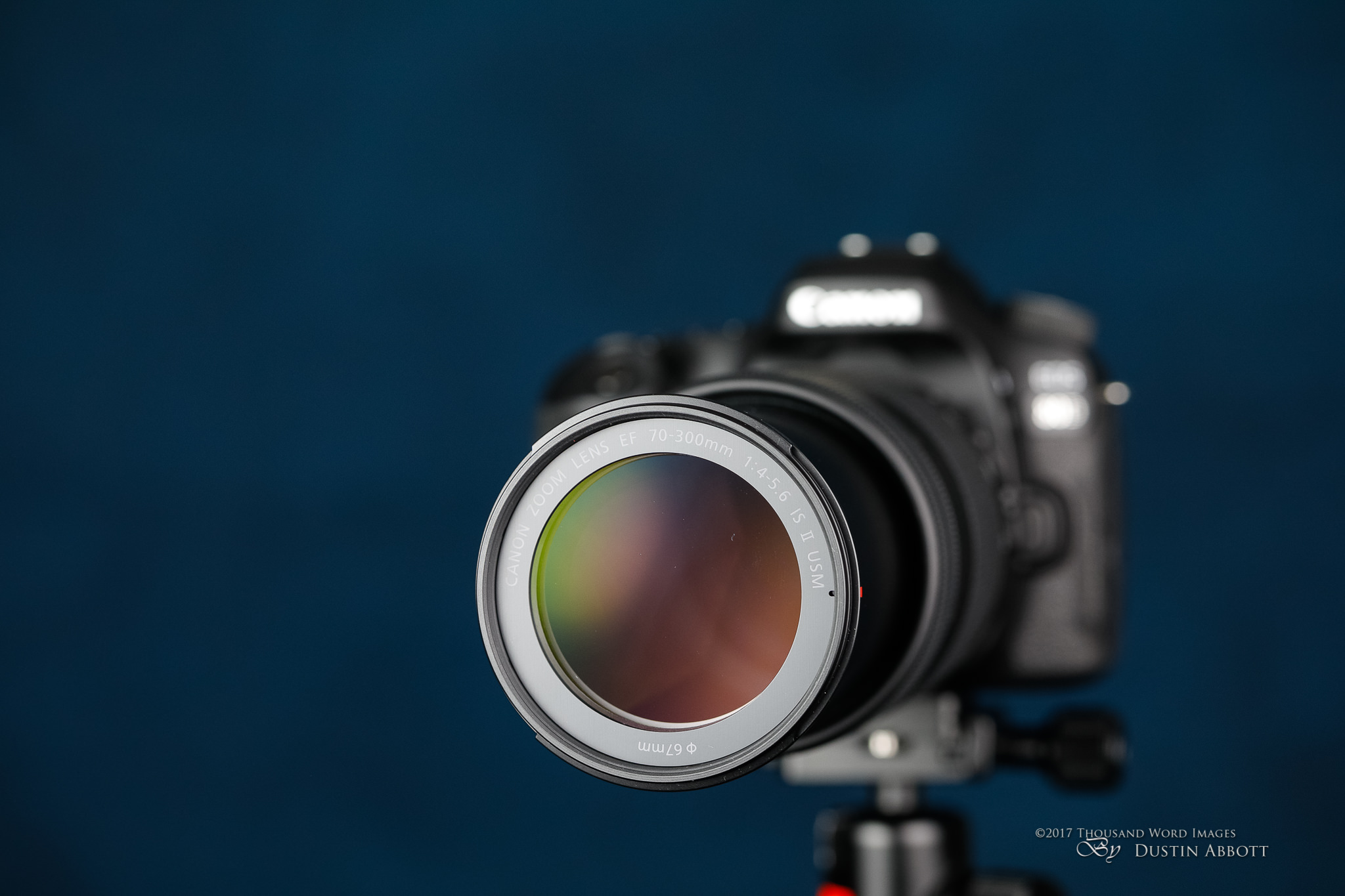
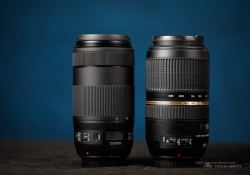
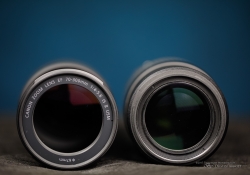
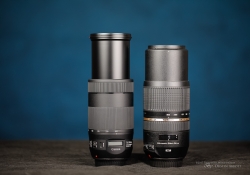

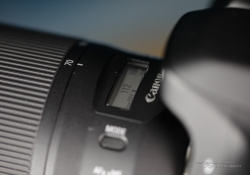


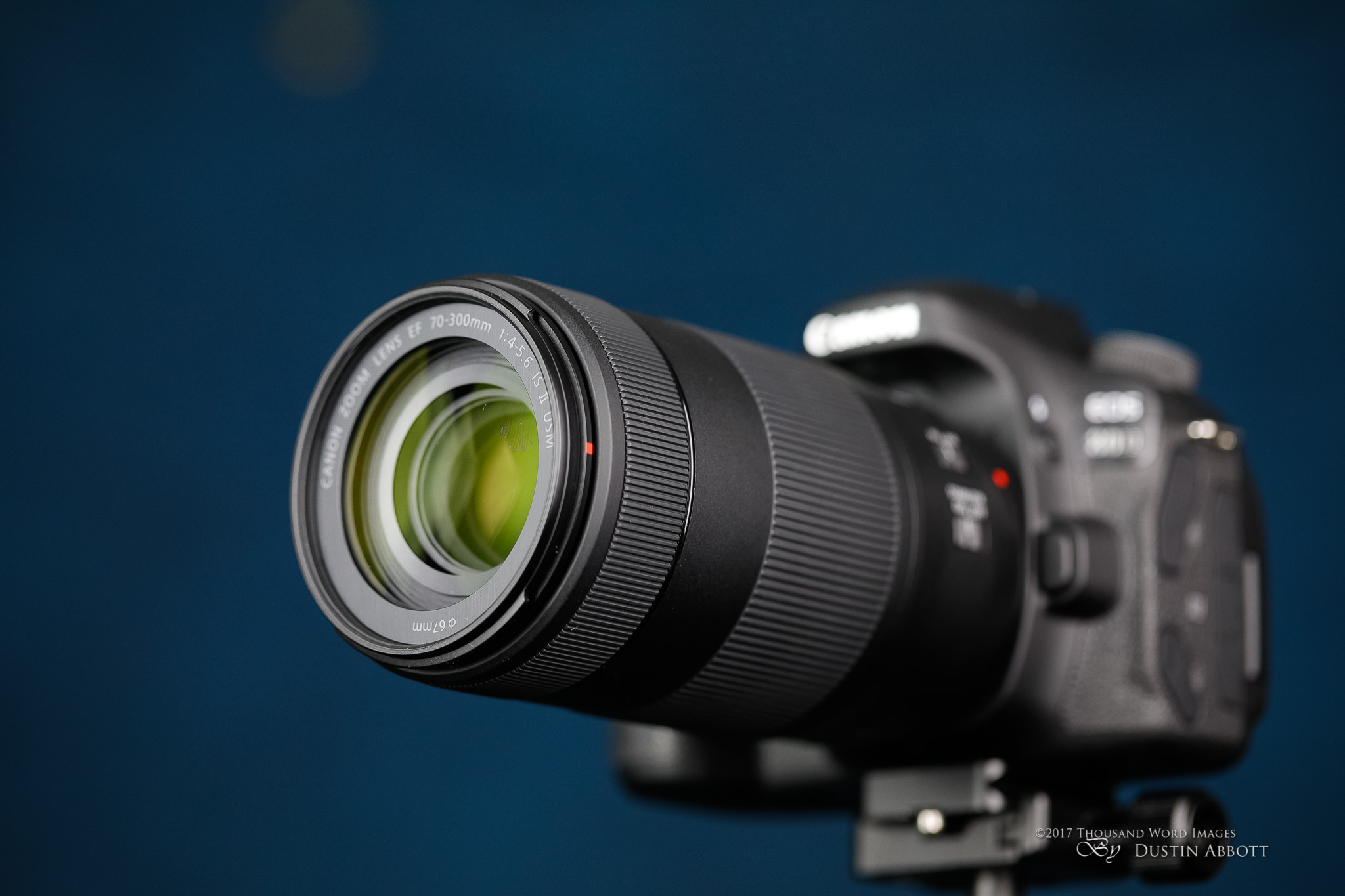
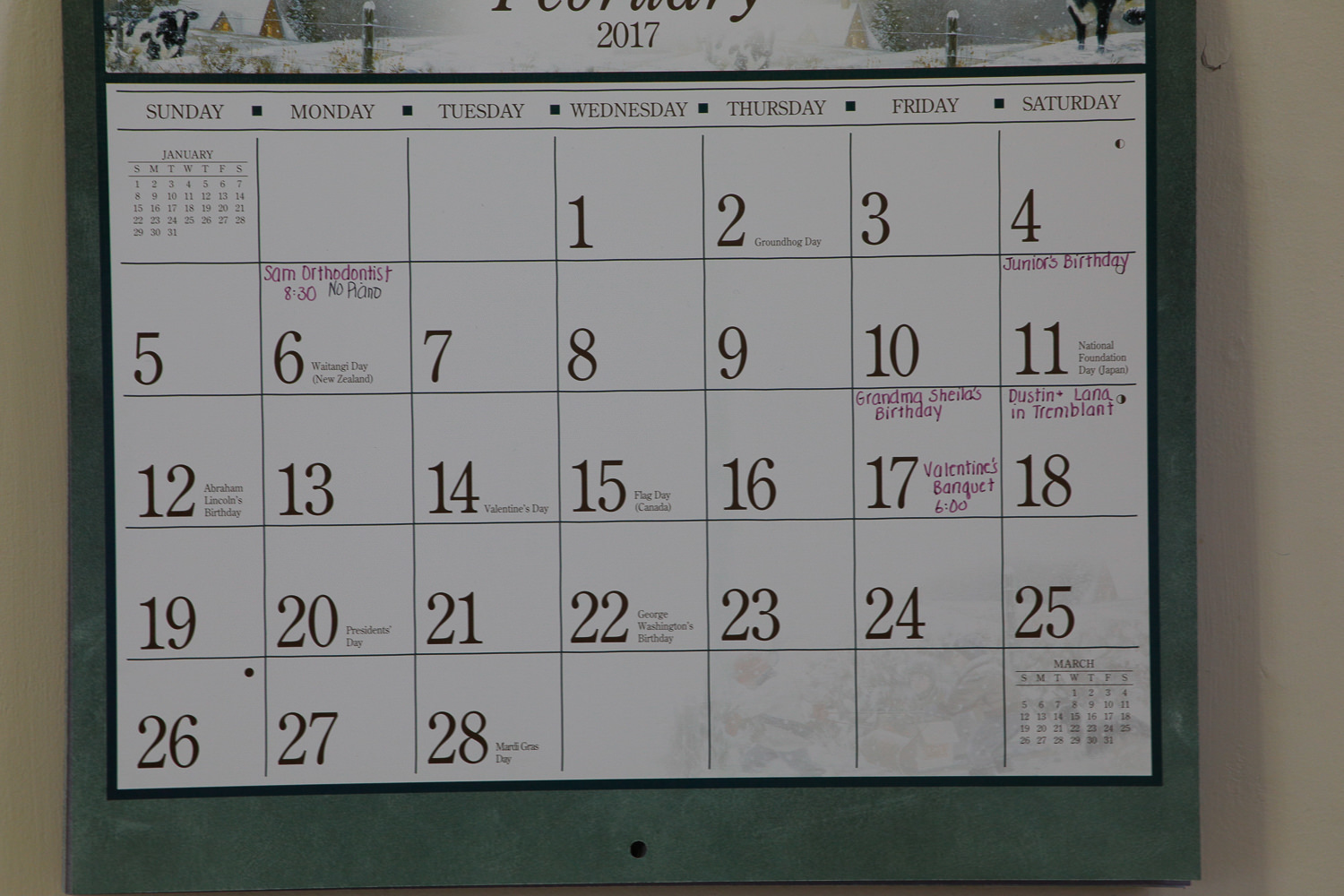










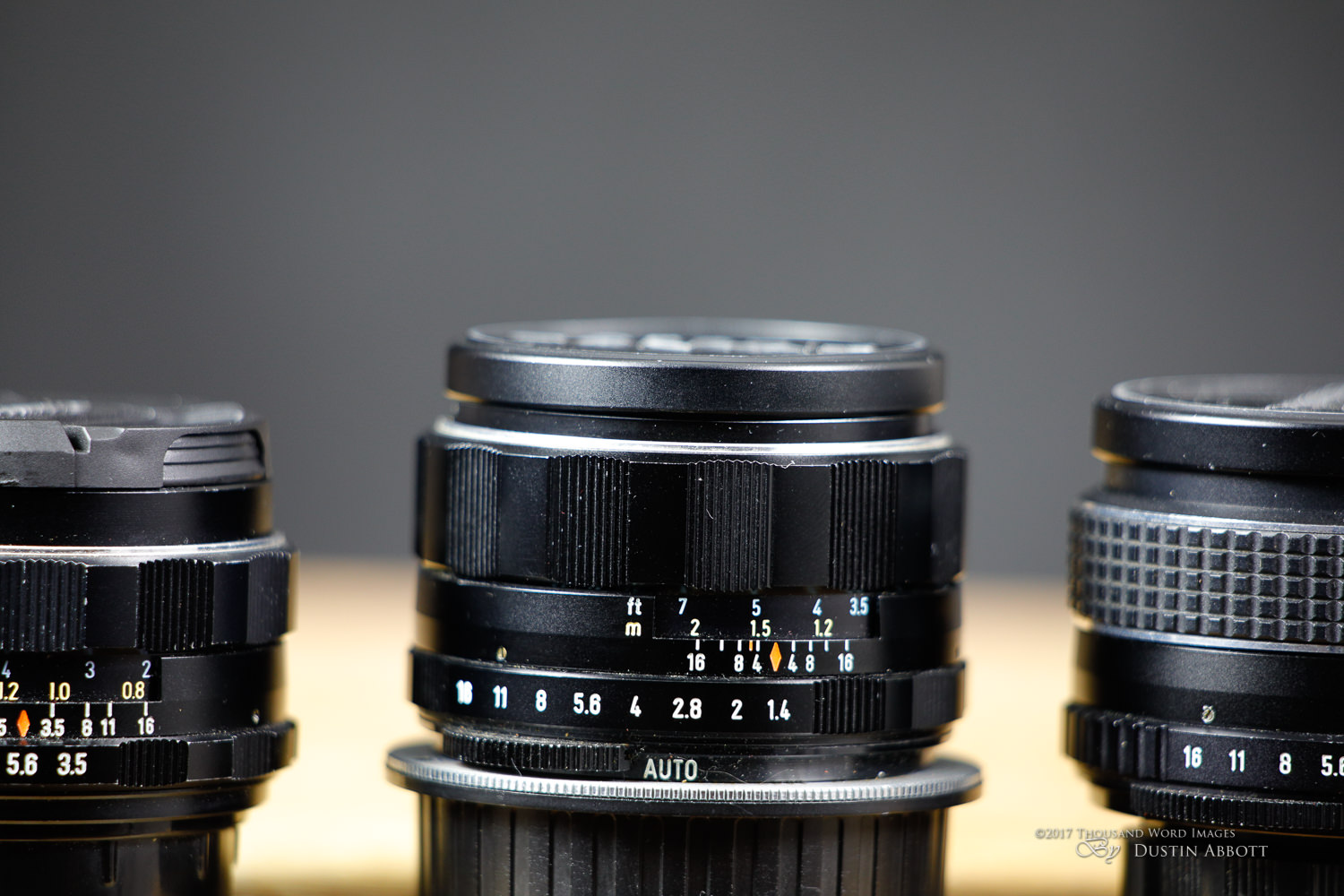

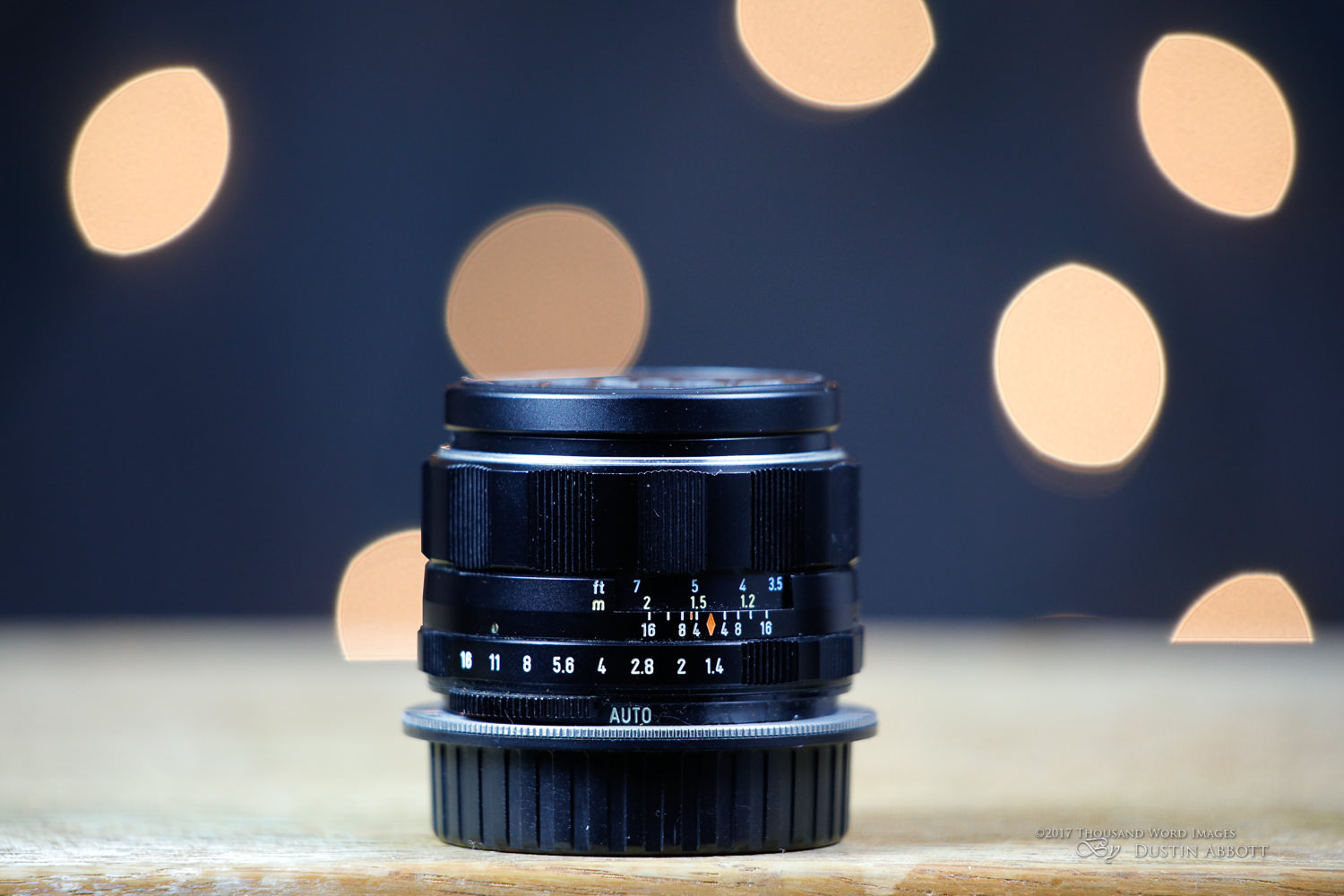






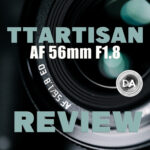 TTArtisan AF 56mm F1.8 X-mount Review
TTArtisan AF 56mm F1.8 X-mount Review  TTArtisan AF 56mm F1.8 Gallery
TTArtisan AF 56mm F1.8 Gallery  Canon EOS R8 Review
Canon EOS R8 Review  Fujinon XF 18-55mm F2.8-4 LM OIS 40MP 2024 Review
Fujinon XF 18-55mm F2.8-4 LM OIS 40MP 2024 Review 




